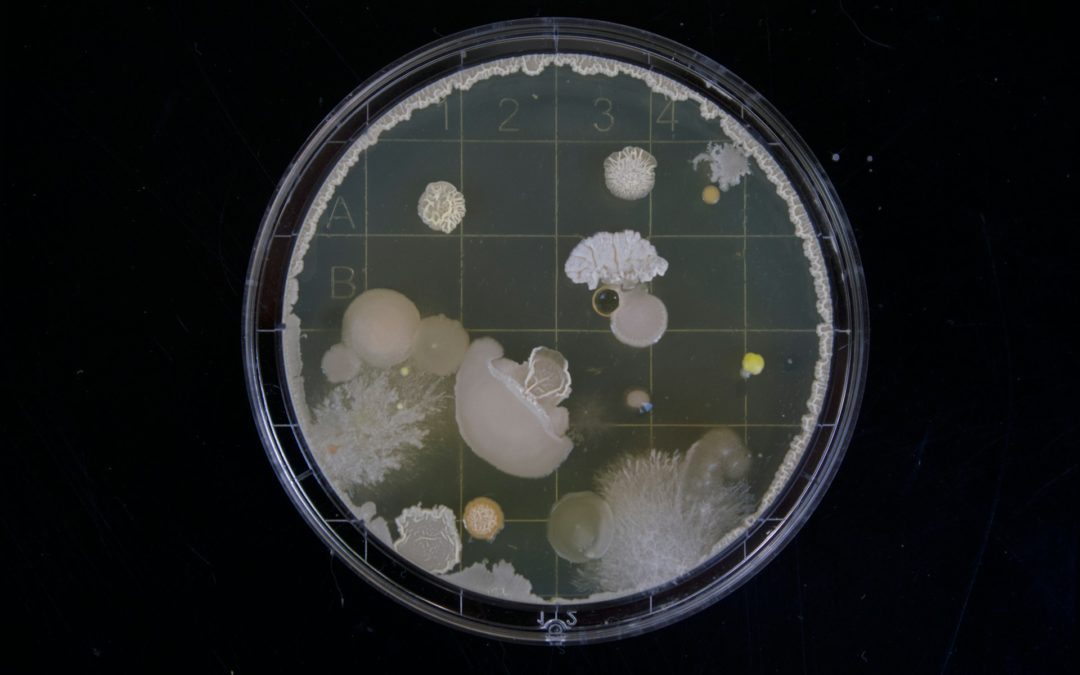Our world abounds in diversity. We have already learned much of it, but still a lot more remains to be discovered. Scientists continue to explore extinct species, black matter, nanoparticles or sub-cellular processes, but how do they convey the knowledge they have gained to people around the world? Even the most detailed description will often not perfectly reflect what has been discovered. In such cases, cameras or video cameras will rarely be up to the challenge. Scientific graphics with appropriate descriptions, created by artists in collaboration with scientists, will play a key role. Based on the data provided by the scientist, an artist trained in creating scientific graphics will be able to make an understandable illustration and highlight what a human cannot see, as well as create a description for it that comprehensibly depicts what was revealed with raw data. Scientific graphics are therefore key in visualising complex data and concepts as well as understanding them by audiences with both scientific and non-scientific backgrounds.
In recent years, scientific research has undergone intense globalisation, which continues to advance, and language barriers pose a major threat to the effective sharing of knowledge among scientists around the world. Inadequate understanding, or problems understanding research done by someone else, can not only delay but even squander months of work done. Therefore, proper translation of scientific graphics becomes a bridge that connects scientists from all over the world, allowing for efficient exchange of knowledge and discoveries among them.
Another important aspect will be to translate scientific graphics in such a way that the information presented can be understood by a wide and diverse audience, increasing the impact and relevance of scientific research worldwide.
Graphs and charts are widely used to present numerical data, and adequate translation is essential in their case to maintain consistency and convey information in an appropriate manner. Diagrams and graphics, on the other hand, are usually used to visualise complex processes or structures, and the process of translating them requires extreme precision and attention to detail, so that the information presented is reflected accurately and clearly to the recipient. Cultural and linguistic adjustments should not change the scientific meaning of the data presented.
Journalists writing for newspapers widely read by readers from around the world, many of whom do not have a scientific background, such as The New York Times, use a variety of techniques to present information from graphics in a way that is easier to understand for the average reader. Authors of texts add explanations and context to the information contained in the graphic, or descriptions of the individual components directly to the graphic itself, in a more straightforward language, assisting the reader in proper interpretation. They also often, mainly for aesthetic reasons, change the original colours, the orientation of the graphic or the order of its various elements. One widely used method is to present a commonly known object next to the problem or phenomenon being described in order to help the reader understand the magnitude of the issue (for example, comparing the size of a tsunami wave to the Eiffel Tower).
Translating scientific terminology requires very deep know-how from the translator, as this is often highly subject-specific information. A person engaged in this type of translation must be aware of all the nuances of the field in order to choose in the target language the terminology that best reflects the author’s original thought. In addition, it should be consistent throughout the text and supporting graphics to avoid doubt and misinterpretation. Some graphics may contain cultural connotations, so when adapting the content of a graphic to a particular audience, it is also important to take into account the cultural norms and sensitivities of the target group, so that the information is properly received in diversified regions. Close collaboration between scientists and translators from all over the world can help understand and properly address cultural nuances, as well as ensure that scientific content is properly interpreted and the translation has the same tone as the original text. Regular updates and reviews of translated content will help keep it in line with the latest developments in the field.
References:
